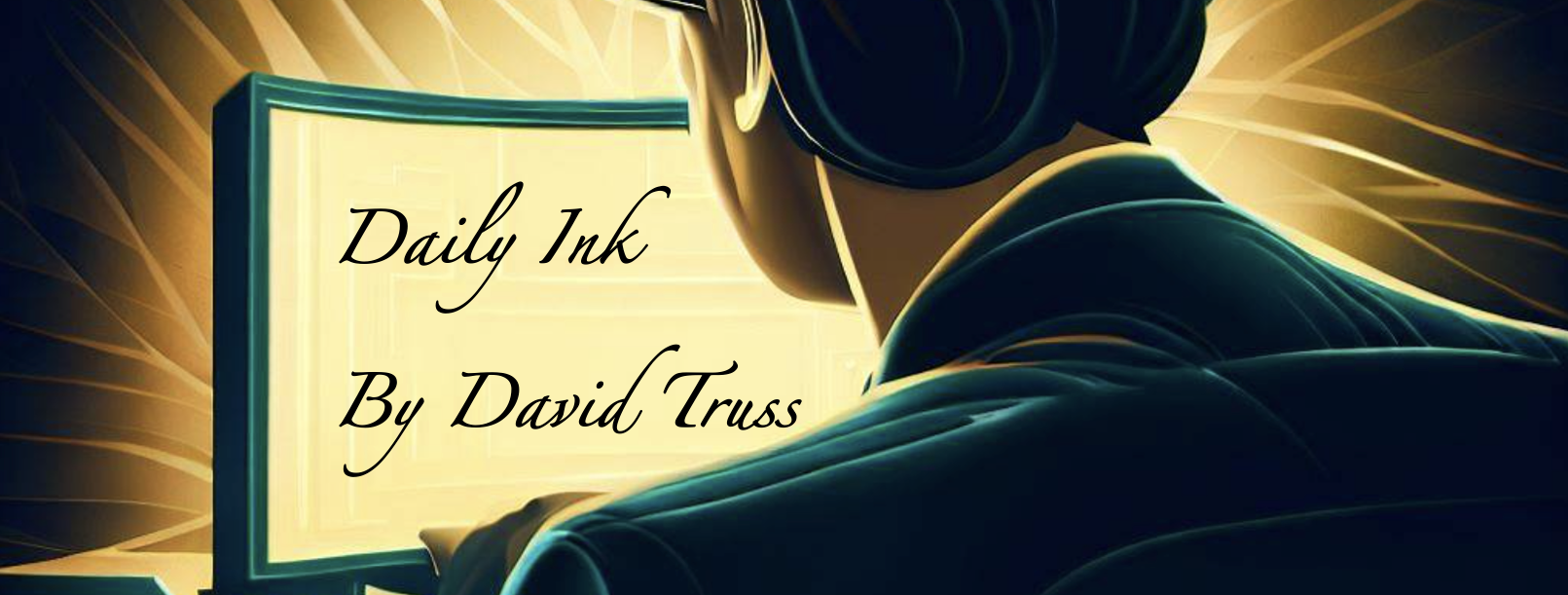It was many years ago, but I remember the situation well, having told it a few times. One of my online teachers was dealing with a student who was cheating. It was obvious, yet the student refused to admit it. His work was plagiarism of a student who had already completed the course… it wasn’t exact, but paraphrased sentence by sentence. This wasn’t done on questions with a single answer, it was done on two assignments where students were sharing personal opinions. Even if this student shared similar views to the original author, the essays could never match so well structurally, sentence by sentence, and idea by idea. The student’s father got involved and treated my teacher poorly and so she asked me for help.
When I called, I got a mouthful of rudeness, I could barely get a word in. I tried to explain but didn’t get a chance. Then the next day the student called me. He was condescending. He asked me how long I’d been out of the classroom, and asked me if I understood the word ‘collaboration’. He got to me a bit and I gave a bit of a snarky response. At that point his mom jumped in and I realized that I had been on speakerphone. She went on a full tirade.
I should have hung up. I should have ended the call. But two things played in my mind. First, that I should not have been snarky, second, that if they were underhanded enough to bait me like that, they were probably also capable of recording the call. So I listened to the abuse. I let her rant, I would occasionally begin to respond, only when asked, and then I would be cut off with another attack. And I took it. One thing made it bearable…
I’ve met a number of kids who have had a challenging parent in my career as an educator. A parent that was overbearing, or over-controlling, or unreasonable. I’ve met some kids that have both parents come in like two mamma bears protecting their kid, and while they might or might not be dealing ideally with the situation, they are genuinely caring for their child. I’d never met (albeit this was just over the phone) a kid before who had two completely angry and bitter parents.
I thought of what this kid’s experience at home must be like? I wondered if this kid had a role model that didn’t treat the world like it was against them? Did his parents treat him like they treated me? Did he have siblings or did he face their wrath alone? I imagined what it would be like for me if when I did something wrong, rather than my parents calling me out, they doubled down and defended me? I sat on the phone listening, but the abuse I took didn’t hurt. I felt genuinely sorry for this kid. I hoped this way of dealing with a problem that he was experiencing was not the only way that he experienced problem solving at home.
In the end, I gave a choice to the family. He could redo the essays, he could take the zeros for plagiarism on these two assignments and move on, or he could drop the course. I told the teacher that all email correspondence with the parent should be cc’d to me as well and that any phone calls should be directed to me. I didn’t want her to have to take any abuse.
There ended up being one more similar issue, and my conversation with the kid’s dad at that point actually went well for me, but I again felt sorry for the kid. I felt empathy. I wondered if the lack of face to face communication made my first interactions challenging, and maybe, hopefully, it would have been different had we met in person. I wondered if this kid’s parents were always angry or if this experience triggered something awful? I wondered what they were dealing with in their lives that I don’t have to deal with in mine?
I don’t think I would stay on the phone if something like that happened again. I don’t need to take the abuse. I know that I won’t be as likely to be snarky, even to someone treating me in a condescending way. But the best lesson I got from this was to remind myself that when I’m dealing with an angry person, I don’t know why they are so angry? I don’t know what their lives are like? And I don’t have to live the angry lives they live.
I get to choose my disposition. I can feel empathy for people that give themselves less choice than I have. I can move on after these interactions without feeling bad, if I know that I handled things as best as I could with the resources and experience that I have… and I need to remember that this applies to them too. They did they best they could, given their experiences and circumstances. I don’t choose to look back on this experience with anger. I’m not upset that I didn’t handle it better. I don’t pretend that it didn’t have an effect on me or I probably wouldn’t be writing about it now. But I will meet more angry people in my life, and I believe that I’m more resilient and more prepared for that time, thanks to this experience.
___
Image by Gerd Altmann from Pixabay
Like this:
Like Loading...












